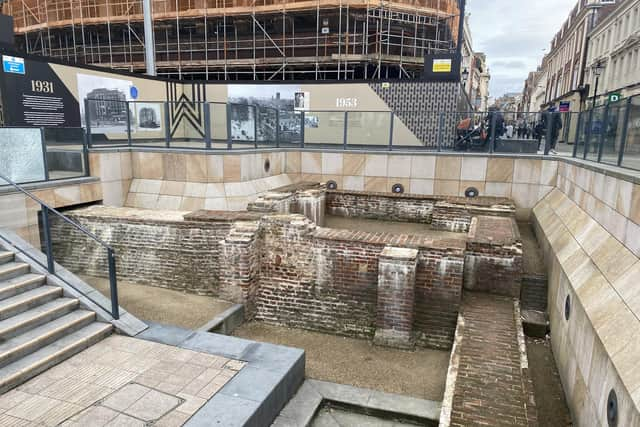Beverley Gate, Hull: The Yorkshire port gate which helped ignite the English Civil War
In medieval times, it developed into a busy port, much of its prosperity based on wool exports, and became an arsenal for military campaigns.
On its land sides were defensive walls with access controlled through four gates.
Advertisement
Hide AdAdvertisement
Hide AdBeverley Gate guarded routes from Beverley and York, and it was there that one of most significant events in the city’s – and England’s – history unfolded.


During events leading up to the English Civil War, the Hull arsenal was required by the army of Charles I. To gain access, on January 11, 1642 the king named William Cavendish, 1st Duke of Newcastle, as governor of Hull.
But parliament thwarted this move by nominating Yorkshire aristocrat Sir John Hotham, a veteran of the Thirty Years War.
He was instructed “not to admit any forces into Hull without orders from both houses of Parliament”.
Advertisement
Hide AdAdvertisement
Hide AdThe scene was set for what became known as the Siege of Hull.
When the king and his army arrived at Beverley Gate on April 23, Hotham stood next to it and declared that to allow entry would break the trust placed in him by parliament.
Charles eventually withdrew, and this act of defiance is said to have been the spark which ignited the English Civil War that raged until 1651.
The walls and gates have long been demolished but Beverley Gate was excavated in the 1980s, revealing part of the gateway and a defensive ditch.
A decade ago the site was given a facelift as part of Hull’s UK City of Culture celebrations.
Comment Guidelines
National World encourages reader discussion on our stories. User feedback, insights and back-and-forth exchanges add a rich layer of context to reporting. Please review our Community Guidelines before commenting.